Third and fourth grade can be a real game changer for many students. Several new topics are introduced, and the pace of learning increases at the same time as the concepts being taught become more abstract. Problem solving is greatly emphasized and multi-step problems can become challenging. A great way to help at home is to practice math facts daily — adding, subtracting, multiplying, and dividing. Fluency is so important at this age and will really help your child feel more comfortable and confident in the classroom.
Here are four of the major concepts that your child will learn in third and fourth grade, as well as ways you can reinforce learning at home.
1. Multiplication & Division. In third grade, multiplication and division are introduced. A majority of the year is spent focusing on the understanding of these two operations and the relationship between them. By the end of third grade, your child should have all their multiplication and division facts (up to 100) memorized. In fourth grade, students continue this understanding and start to compute two and three digit multiplication and division problems. Modeling is very important at this stage of understanding. You might see multiplication and division shown through equal sized groups, arrays and area models.
Encourage your child to model using:
- Equal sized groups: Groups that contain the same number of equivalent groups.
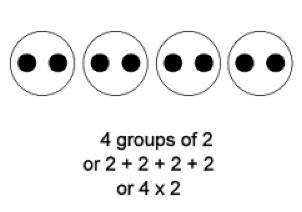
Image credit: http://www.basic-math-explained.com
- Arrays: Objects or numbers arranged in equal rows and columns.
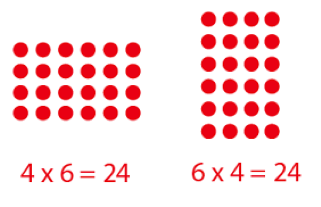
Image credit: http://eces.johnston.k12.nc.us
- Area Model: A model in which the length and width of a rectangle represents the factors.
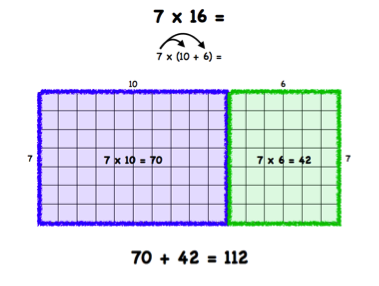
Image credit: http://mr-trex.weebly.com/blog/
2. Fractions: Your child will begin to develop an understanding of fractions, beginning with unit fractions and using visual fraction models to represent a part of a whole. Third and fourth graders find equivalent fractions, order fractions and compare fractions, as well as adding and subtracting fractions with common denominators. Students will be identifying fractions that are equal to, less than, and greater than one.
Encourage your child to:
- Find fractions in the real world and understand their meaning.
- Use fractions while cooking, shopping, eating, measuring, etc.
- Understand unit fractions, or a fraction where the numerator is 1.
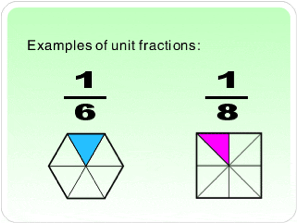
Image credit: http://www.mathematicsdictionary.com
- Model with fractions using fractions bar:

Image credit: https://www.eduplace.com
3. Measurement & Data. Students will solve measurement problems using mass and volume in third and fourth grade. Third and fourth graders learn to tell time to the nearest minute and solve problems using elapsed time. They are collecting data and drawing different graphs to represent the data. Students are introduced to area and perimeter and make connections between multiplication and division and how it’s related to area.
Encourage your child to:
- Estimate measurements of items in the real world using liters, grams, etc.
- Tell time using analog and digital clocks.
- Figure out time intervals in their day; for example, how many hours or minutes until their next activity.
- Read and interpret different graphs in newspapers or online.
- Find the area and perimeter of different items in their house, outside or at the playground.
4. Geometry. Students will fous on two-dimensional shapes. Third and fourth graders categorize, analyze, and compare different properties of 2-D polygons. They look at the numbers of sides and angles and learn how to define these polygons.
Encourage your child to:
- Find 2-D polygons in the real world and categorize and define them.
- Use appropriate vocabulary when describing different polygons. For example: a parallelogram is a quadrilateral where opposite sides are parallel and equal.
- Relate fractions to geometry. For example: cut a polygon into 8 equal parts and describe the area of each part as 1/8.
- Draw different polygons and categorize them. For example:
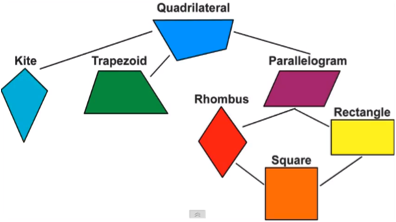
Image credit: http://bridges1.mathlearningcenter.org
Featured Photo Credit: Ableimages/Thinkstock
Have questions about your child’s math? Submit them to Jennifer here so she can consider answering in an upcoming blog. Or Share them with us on the Scholastic Parents Facebook Page.

